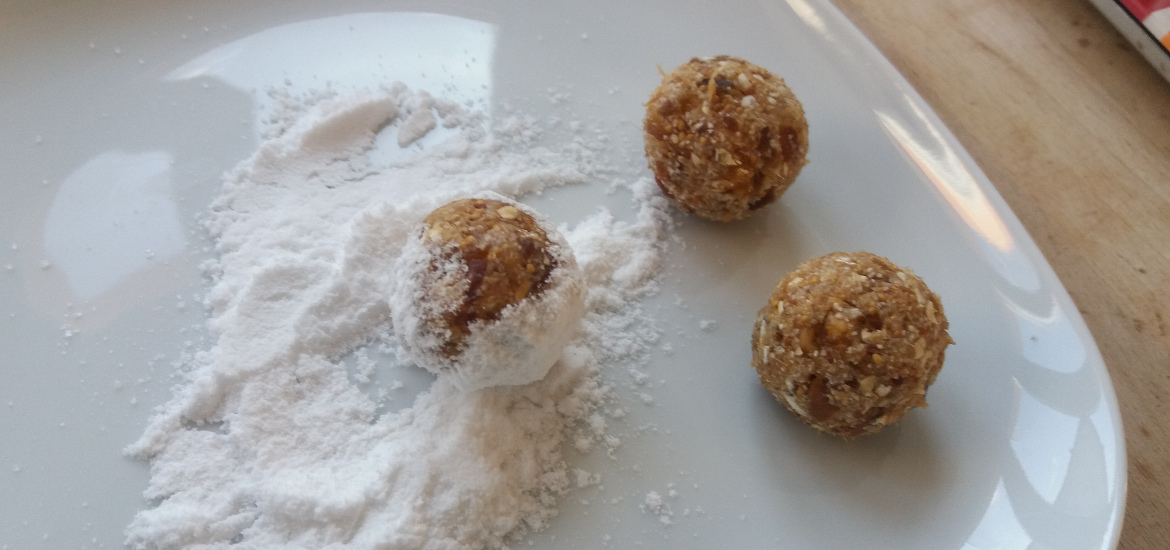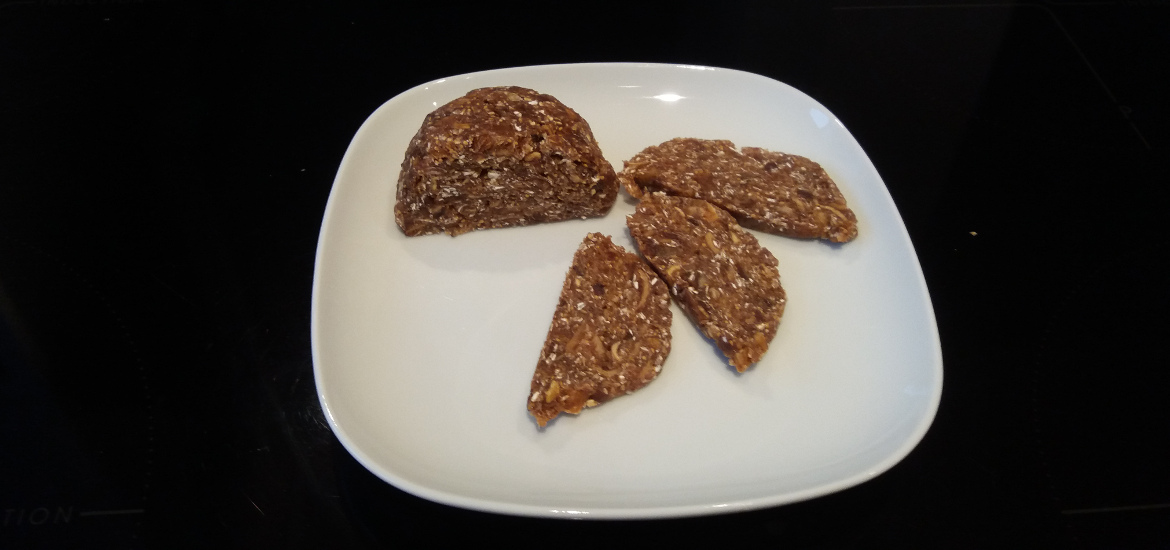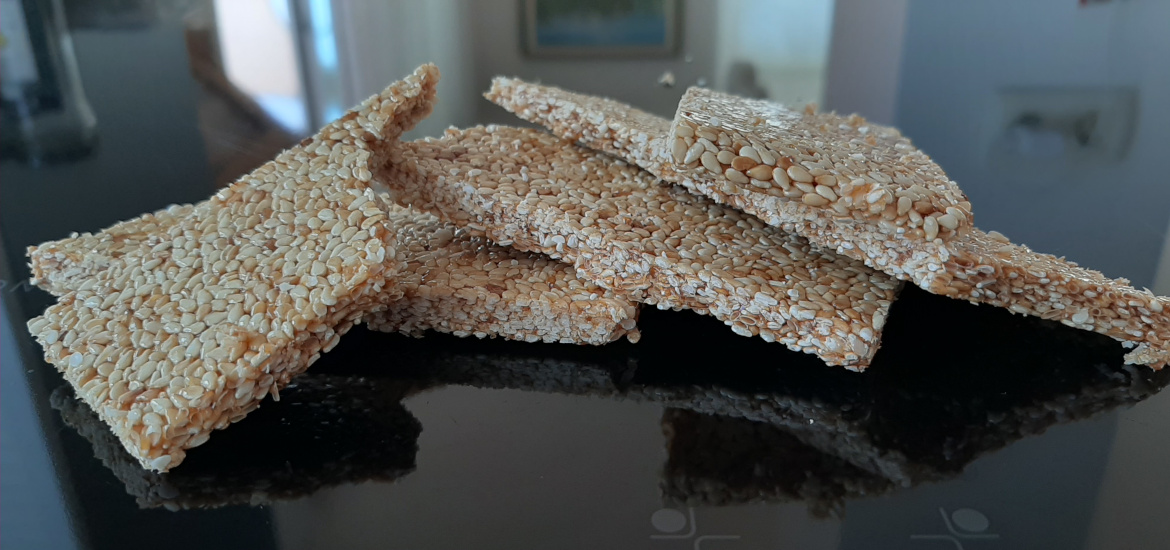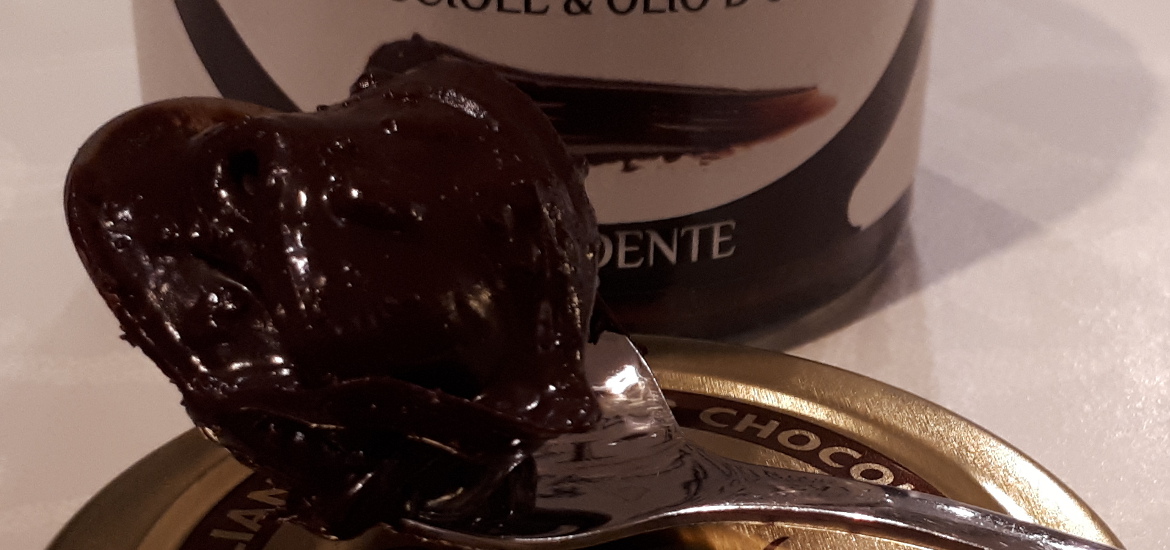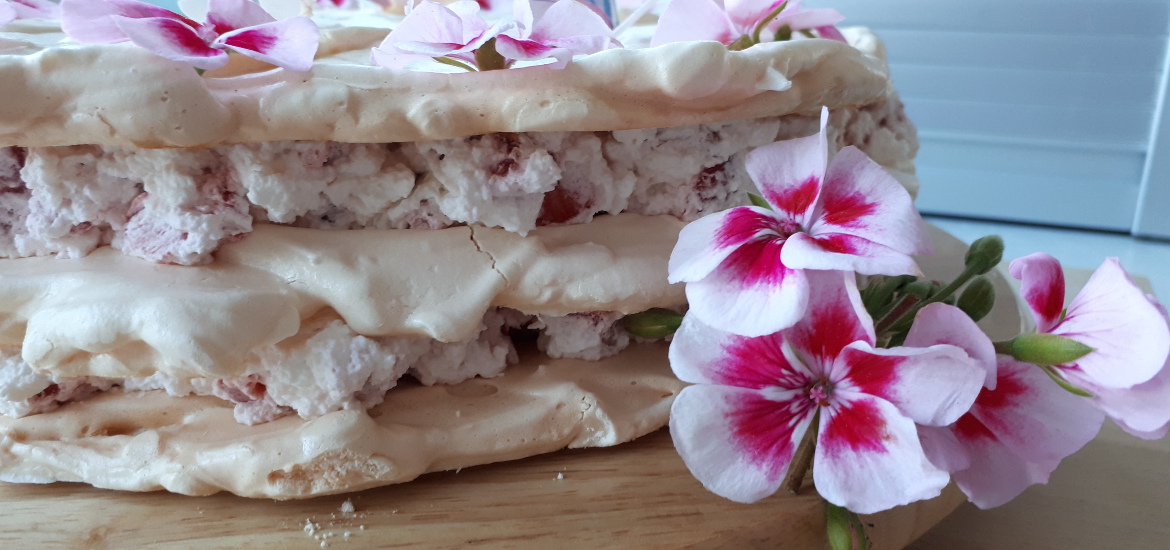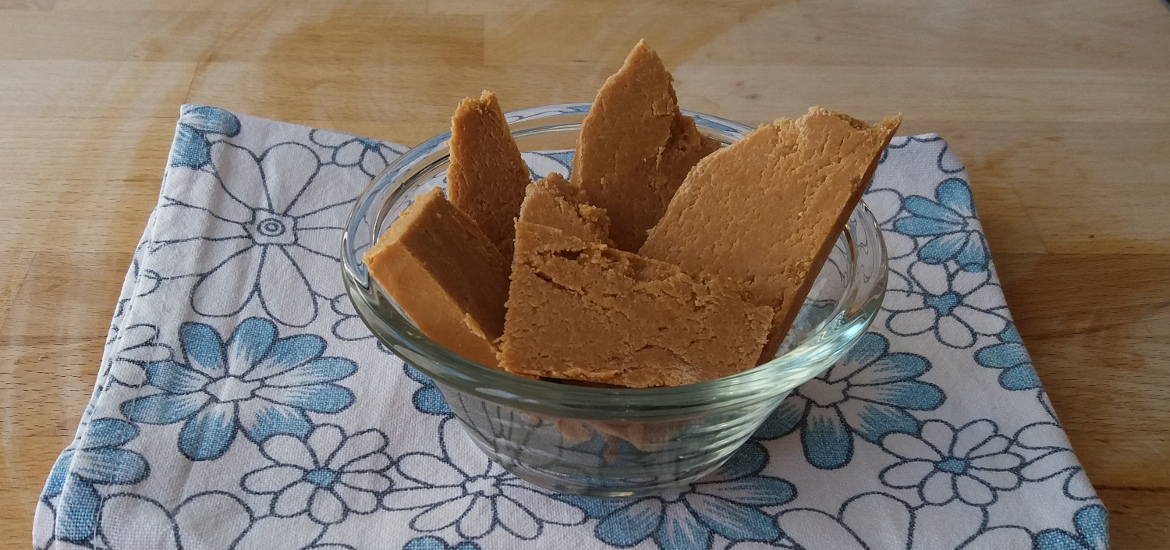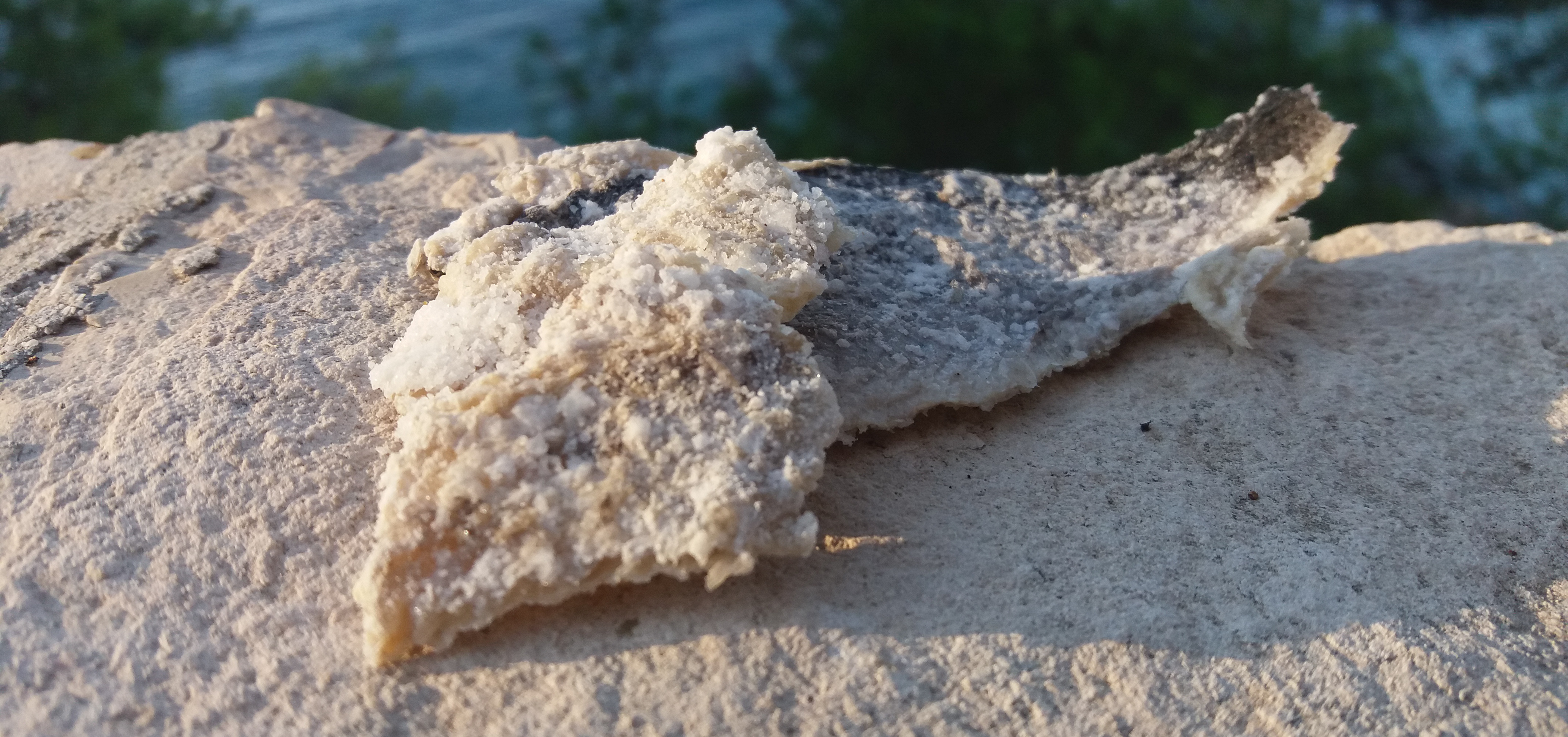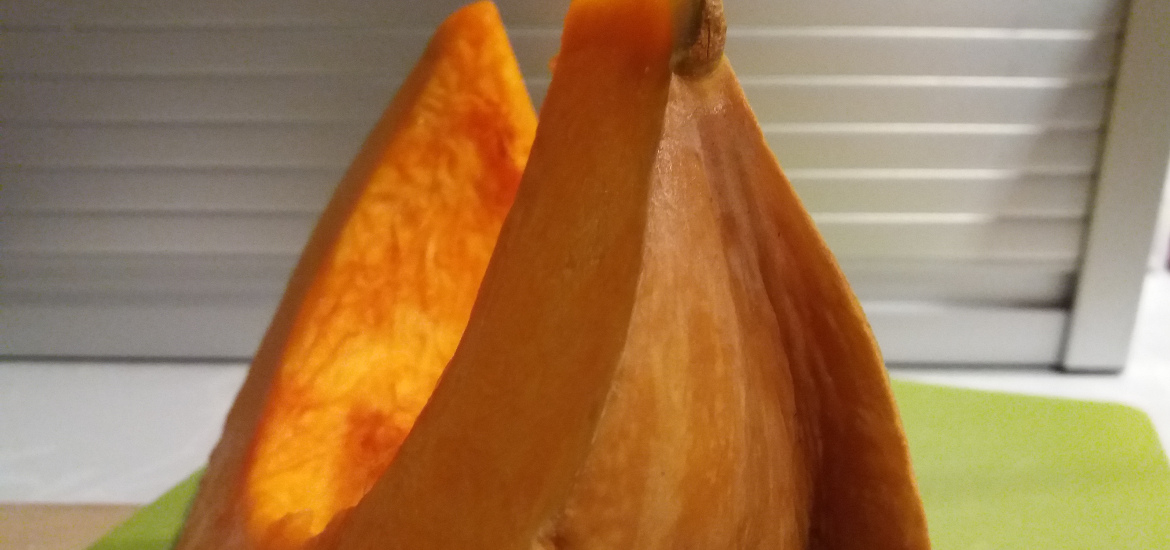Lembas background
Lembas is probably the most known fictional food. It is a special bread imagined by JRR Tolkien and mentioned in The Lord of the Rings and Silmarillion. Lembas is made by the Elves, shaped into thin cakes, very nutritious, and stays fresh for months when kept unbroken in its original leaf-wrappings. It is used for sustenance on long journeys since it provides a lot of energy and does not go bad. It appears brownish on the outside and cream-coloured on the inside and, no surprise tastes heavenly.
There are a lot of recipes on the internet for making lembas – no surprise there. But most of them are based on biscuit dough – this means they taste good, but they definitely do not satisfy my criterion of freshness/usefulness/sustenance for months. So I decided to make my own recipe – and the three most important things in my definition of lembas are:
- It should taste fantastical.
- Lembas should have a high sustenance (that is, hunger quenching ability).
- It should keep these qualities for a long time if stored under normal room conditions.
Further, It should be natural, with as little as possible of processed ingredients and it should not be baked. In my opinion, the lembas is not baked – at least I imagined it like this and baking is not the best way to preserve things since you do accelerate degradation during baking. Drying is far more sustainable and preservation friendly option.
Theoretical preparations
So, first to pick the ingredients: they should be sweet – I do have a sweet tooth – plus sweet things are automatically preserved by the presence of a large amount of sugar. Next, they should be as natural as possible, since elven bread should be like this (at least in my opinion). Finally, they should also provide sustenance and be generally considered healthy.
The best thing I could think of are dried fruits – they stay edible for a long time, are sweet and fairly natural (that is not processed much). Next, I decided to add some wheat – to provide additional sustenance, bind the whole thing together and to act as some kind of buffer for air moisture. The first idea was wheat flour, but finally, I decided for semolina and bran, since they consist of bigger particles, which should provide less surface for the decomposition. It is known that finer particles have greater tendency to react (or to react faster) with water and oxygen or any other material.
Further, bran can provide additional nutrients, which are not present in refined wheat flour. As the final ingredient, I chose honey. Simply because it is totally natural, tastes good (elvishly good, I would say) and has excellent preservative qualities – it can stay unspoiled for millennia. Really – they have found perfectly good honey in Egyptian tombs after thousand of years – read some science based explanation here.
I also toyed with the idea of adding some fat – mainly for the sustenance point and to improve the taste. I do believe that fat is one of the basic things that improve taste (besides salt and sugar) – the ultimate proof being that everything fried tastes good. The main problem with fat is that it can go rancid and thus completely ruin the taste. I did some research and I settled on cocoa butter as the fat of choice, since it has fairly good stability.
Finally, I decided not to add it – mainly because I was not sure about dried fruit/cocoa taste combination. Nevertheless, I do have material to make another lembas experiment in the future. A further thing I was toying with and decided not to do it in the first attempt is the addition of spices (like cinnamon, clovers and lemon peels) and salt. They should prolong the shelf life since they can act as preservatives, but I was not sure about the influence on the taste – and decided to make a plain (base) lembas and improve it later.
I decided to divide lembas into small portions – that way the potential degradation would be faster than in one big chunk. This is due to to the same reasons as explained above with the wheat selection. Small portions would also allow for easier sampling during my experiment – I could simply eat one portion at a certain time during aging of lembas and leave the other as they were in the beginning. As the lembas was little sticky I decided to roll half of the portions in powdered sugar – to reduce the stickiness and to add some extra sugar for stability.
Making the Lembas
Ingredients and amounts:
- 100 g dried figs
- 100 g dried dates
- 30 g wheat semolina
- 30 g wheat bran
- powdered sugar
- 30 g honey
First, you remove all hard parts from the dried fruits – removing the seed from the dates and cutting off stalk from the figs. Next, you cut them into small pieces (see pictures below).
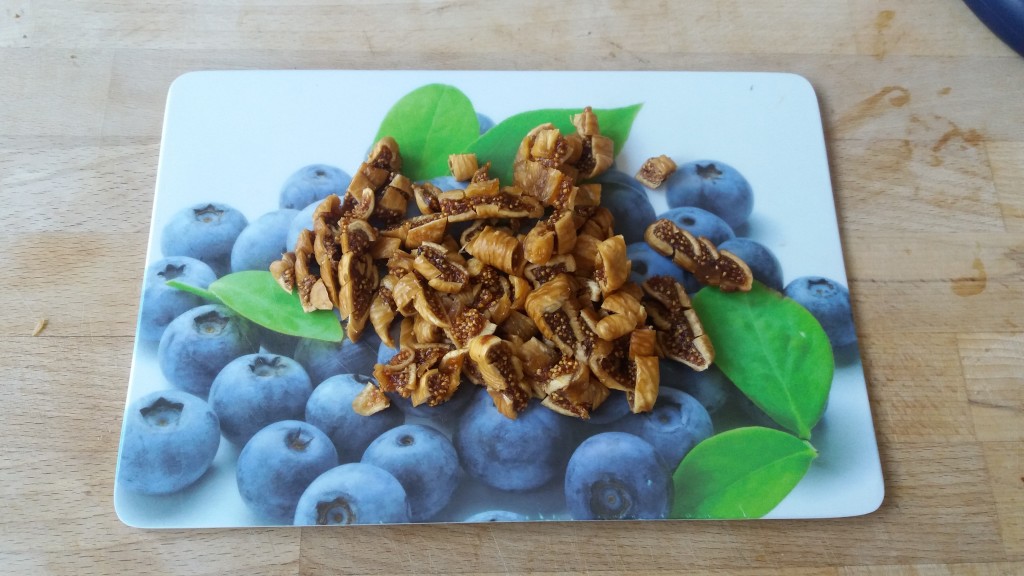
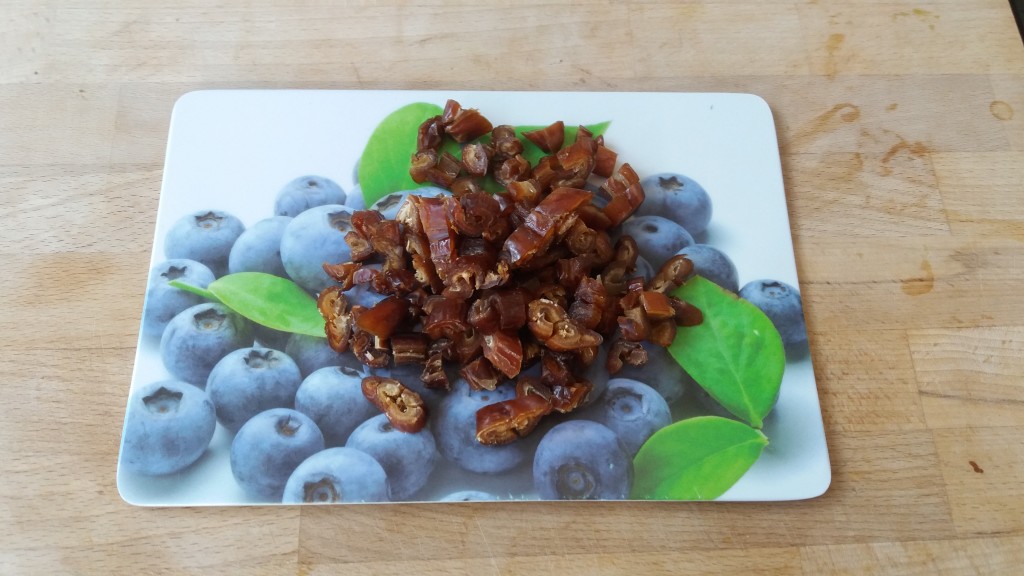
Put them in a bowl, add honey, semolina bran and knead them just like regular dough. But be prepared to knead hard – and I do mean hard. Since there is no baking, the mass is more or less ready when you finish kneading. And this means it should be really, really hard. You can see the addition of ingredients and the final mass on the pictures below. Do note that the final mass is standing upright since it is really hard and it can be shaped as desired. Just the way I think it should be. Definitely, you need someone with strong arms to do the kneading. Or a good kitchen aid.
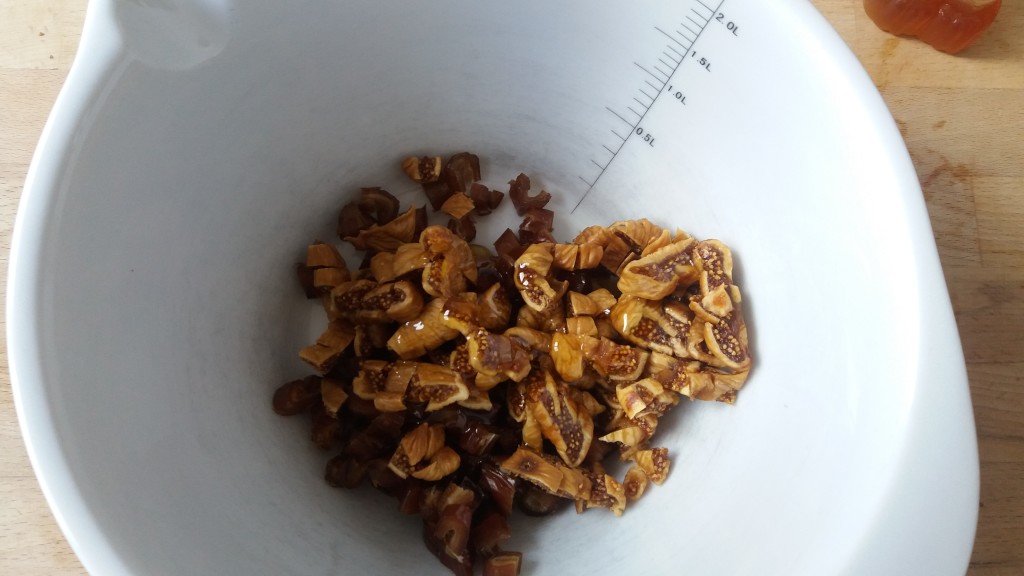
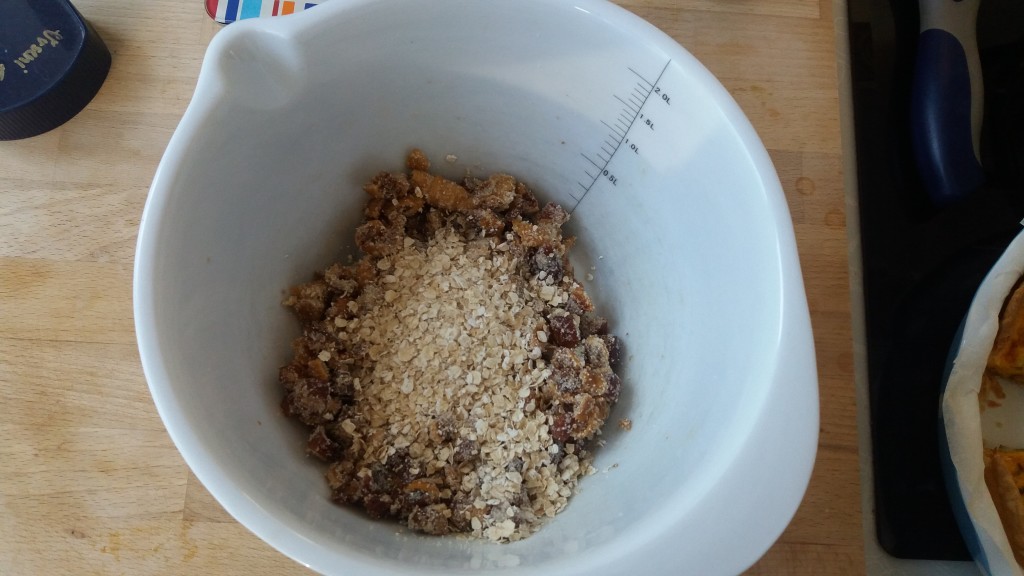
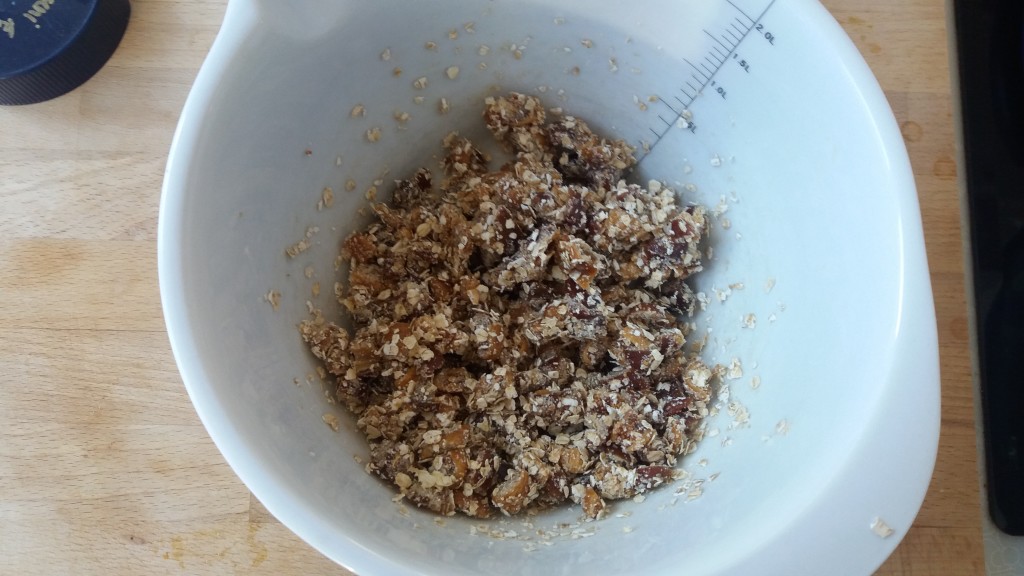
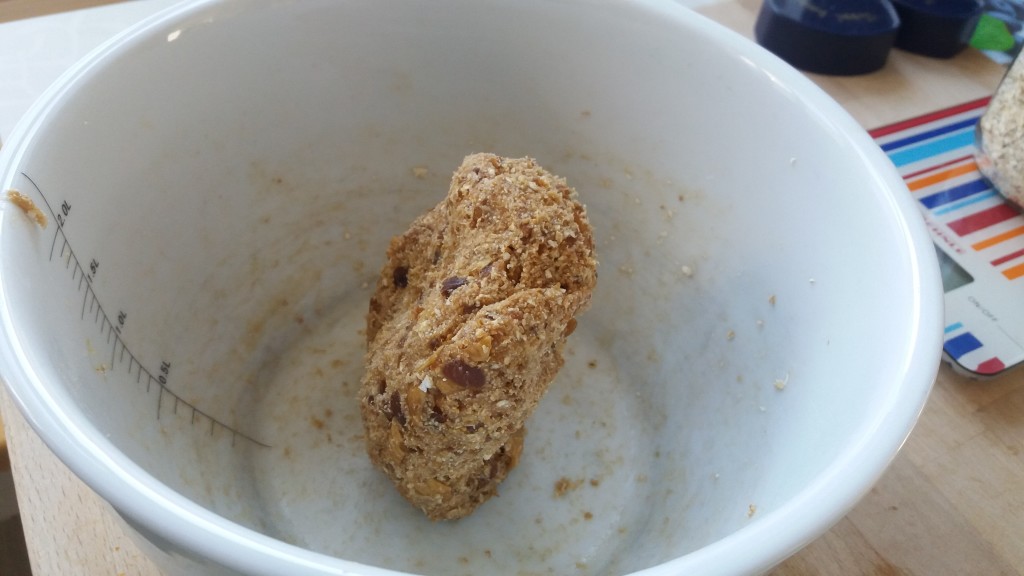
At the end, you shape lembas in small balls (or whatever form you like) and – finished! I did roll some of the balls in powdered sugar, to make them less sticky, although this is not exactly necessary since the balls lost the stickiness after an hour – I guess the bran and semolina absorbed excess liquid and thus the balls lost their stickiness.
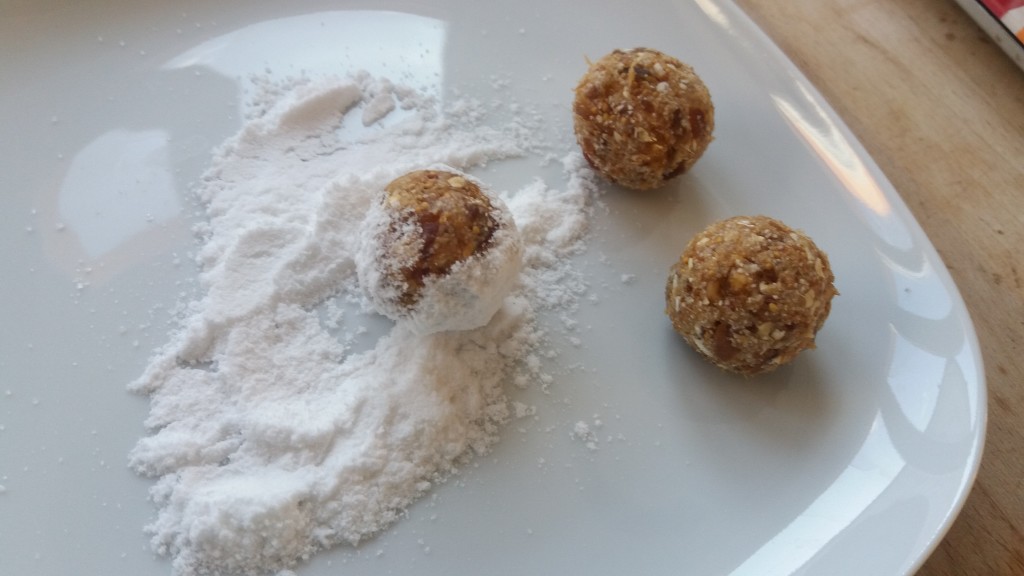
The results
Well, I decided to store the lembas in a kitchen cupboard. It is a dark, dry place, with normal temperature ranges. And also close at hand for tasting. I will try to store them for a year with periodical tastings – once or twice a month and report the results.
DAY 0: No difference between lembas with or without powdered sugar could be tasted. Both had a strong, sweet honey/dried fruit taste. They were hard to chew, practically glued your mouth together for some seconds and really gave the feeling of eating something with sustenance. No surprise you could eat only a few and already feel full- exactly as lembas should be. I was very pleased with the result, and I could definitely say that this lembas tasted marvelous and provided sustenance. For the shelf life – only time will tell…
DAY 23: There were some changes. Non-sugar powdered lembas was completely non-sticking, while the powdered lembas lost the whiteness in some places (sugar powdered dissolved), so it looked spotty. Further, you could taste the additional powdered sugar – it added a certain “clear” sugary taste. This – at least in my opinion – did not go well with the overall “natural” or “whole” sweetness of lembas. So definitely no sugar coating is needed in the future. The taste – besides additional sweetness – was unchanged and as before heavenly.
DAY 545 (1,5 years): In a year and a half visually nothing changed. Lembas was stored in a dry, dark place which was more than sufficient to keep it preserved. The lembas did dry out, and it was really hard. However, the taste was unaffected – still heavenly, tasting of dry fruit and honey. It did take a couple of seconds to soften in the mounts, but otherwise, there were no observable changes – a true Lembas! The picture below tells more than a hundred words – only the perfect taste description is missing.
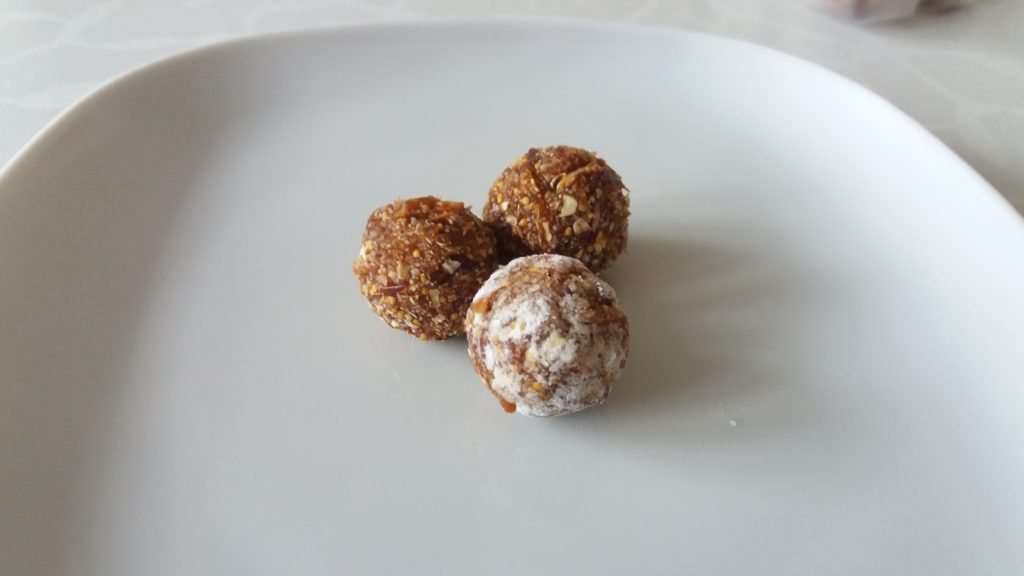
Image credit: Amazing food
Well, it turned out that lembas is not immune to everything. After around 4 years our pantry was invaded by pantry moths. And since lembas was stored openly in the cupboard, it got its share of pantry moths. However, since it was so hard, the moths could only settle on the surface. But since lembas balls were small, they were nevertheless ruined. Luckily, bigger loafs of Lembas 2.0 could be salvaged by cutting away around 1 cm of lembas surface. Check the story here.
